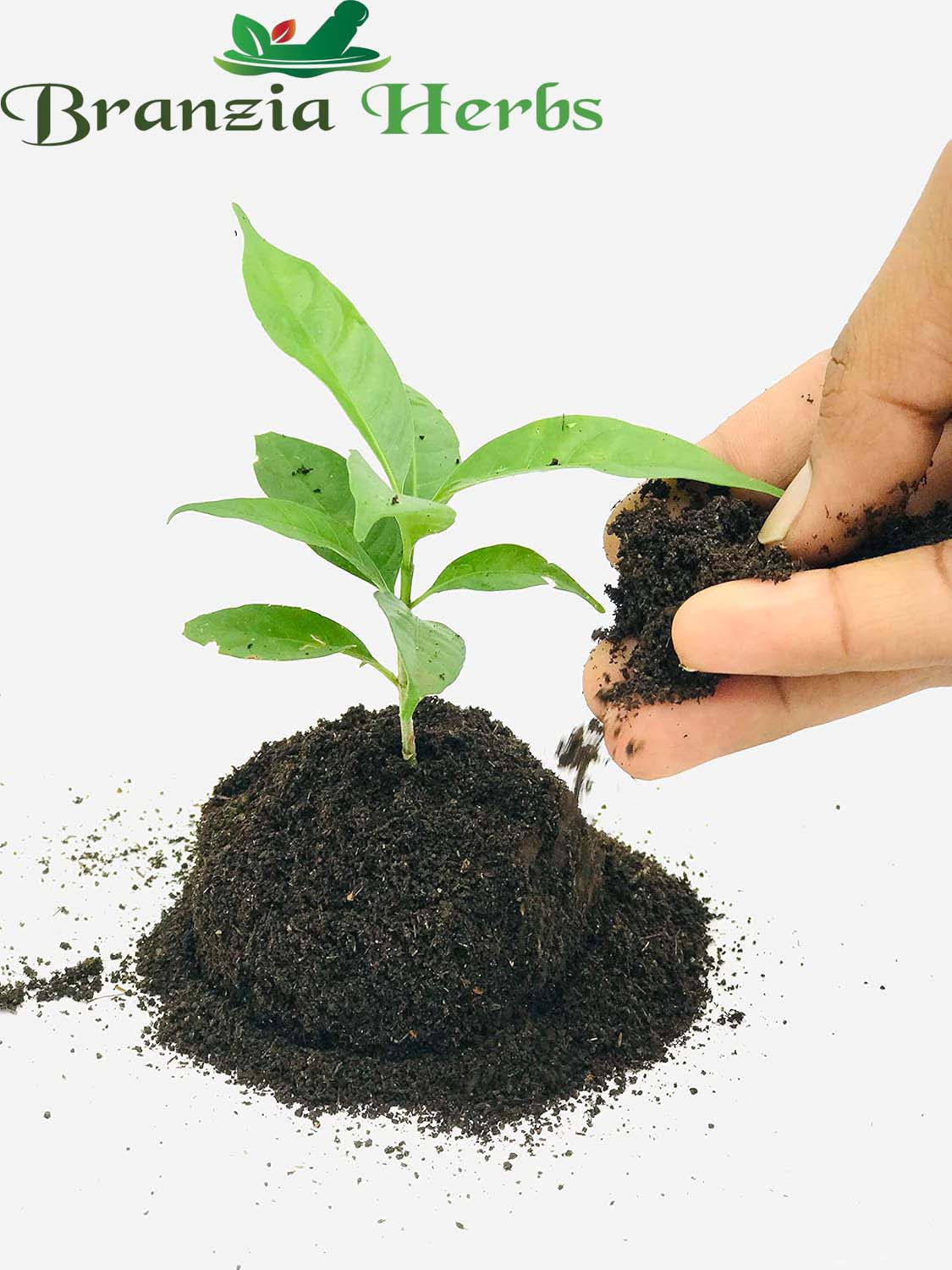Oregano (Origanum vulgare), commonly known as Oregano, is a versatile herb used in a variety of culinary and medicinal applications. Its robust flavor makes it a staple in many dishes, particularly in Mediterranean and Italian cuisines. Here’s a comprehensive guide on Oregano Herb Seeds, including their characteristics, benefits, and planting care:
Characteristics
-
Appearance:
-
Seeds: Oregano seeds are small, round, and brown, about 1-2 mm in diameter. They are tiny and require careful handling.
-
Plant: Oregano is a perennial herb with woody stems and oval, dark green leaves. The plant typically grows up to 30-60 cm (12-24 inches) tall and produces small, tubular flowers that are usually white, pink, or purple, and cluster in spikes.
-
Plant Size:
-
Height: Typically grows to about 30-60 cm (12-24 inches) tall.
-
Spread: Can spread up to 45 cm (18 inches) wide, forming a bushy, spreading growth habit.
Benefits
-
Culinary Uses:
-
Flavoring: Oregano has a warm, slightly bitter flavor with a hint of spiciness. It is widely used in dishes such as pizza, pasta sauces, and Mediterranean dishes.
-
Herbal Blends: Commonly included in spice blends like Italian seasoning and Herbes de Provence.
-
Medicinal Uses:
-
Digestive Health: Oregano is traditionally used to relieve digestive issues such as bloating and indigestion.
-
Antioxidant and Antimicrobial: Contains compounds like carvacrol and thymol that have antioxidant and antimicrobial properties.
-
Respiratory Health: Oregano oil is used to support respiratory health and can help alleviate symptoms of colds and coughs.
-
Cosmetic Uses:
-
Skin Care: Oregano essential oil is used in skincare products for its antimicrobial properties and can help treat acne and other skin conditions.
Planting Oregano Seeds
-
Preparation:
-
Seed Treatment: Soaking oregano seeds in water for 24 hours before planting can help improve germination rates.
-
Timing:
-
Optimal Season: Plant oregano seeds indoors 6-8 weeks before the last frost or directly outdoors after the last frost when soil temperatures are consistently above 15°C (60°F).
-
Soil and Location:
-
Soil Type: Prefers well-drained, loamy or sandy soil with a slightly acidic to neutral pH. Avoid heavy, waterlogged soils.
-
Location: Choose a sunny location with full sun exposure. Oregano thrives in warm climates and requires plenty of sunlight.
-
Planting:
-
Sowing Seeds: Sow seeds about 1/8 inch (0.3 cm) deep in the soil. Space seeds or seedlings about 30-45 cm (12-18 inches) apart to allow for growth.
-
Germination: Seeds typically germinate within 7-14 days. Keep the soil consistently moist but not waterlogged during this period.
-
Watering:
-
Initial Care: Water the soil thoroughly after planting and maintain consistent moisture until seedlings are established.
-
Ongoing Care: Water regularly but allow the soil to dry out between waterings. Oregano prefers slightly dry conditions once established and does not tolerate waterlogged soil.
-
Fertilizing:
-
Nutrients: Oregano benefits from a balanced fertilizer or compost. Fertilize sparingly, as excessive nitrogen can lead to excessive foliage growth at the expense of flavor. Apply once or twice during the growing season.
Care and Maintenance
-
Pruning:
-
Trimming: Regularly trim or pinch back the tips of the plant to encourage bushier growth and prevent it from becoming leggy. Remove any dead or damaged leaves.
-
Pest and Disease Management:
-
Monitoring: Oregano is relatively pest-resistant but can be affected by common garden pests such as aphids and spider mites. Watch for signs of fungal diseases like powdery mildew.
-
Control: Use organic pest control methods and ensure good garden hygiene to prevent disease.
-
Harvesting:
-
Timing: Harvest leaves once the plant is well-established and has plenty of foliage. The best time to harvest is just before the plant starts to flower, when the leaves are at their peak flavor.
-
Method: Use scissors or pruning shears to cut stems. You can also harvest and dry leaves for later use in cooking and medicinal preparations.
-
Protection:
-
Winter Care: In colder climates, mulch around the base of the plant to protect it during winter. Oregano is a hardy perennial that will return in spring.
Environmental Considerations
-
Climate Adaptation: Oregano is well-suited to temperate climates and can tolerate a range of conditions. It thrives in warm, sunny environments and can be grown in various climates.
-
Sustainability: Ensure planting practices are sustainable and adhere to local regulations regarding agriculture and conservation.
Summary
Oregano Herb Seeds offer a flavorful and aromatic addition to your garden or kitchen. By following proper planting and care guidelines, you can successfully grow oregano and enjoy its robust flavor in a variety of culinary dishes. Oregano thrives in well-drained, sunny conditions and requires minimal care once established. Its culinary, medicinal, and cosmetic benefits make it a valuable herb for a range of uses.







